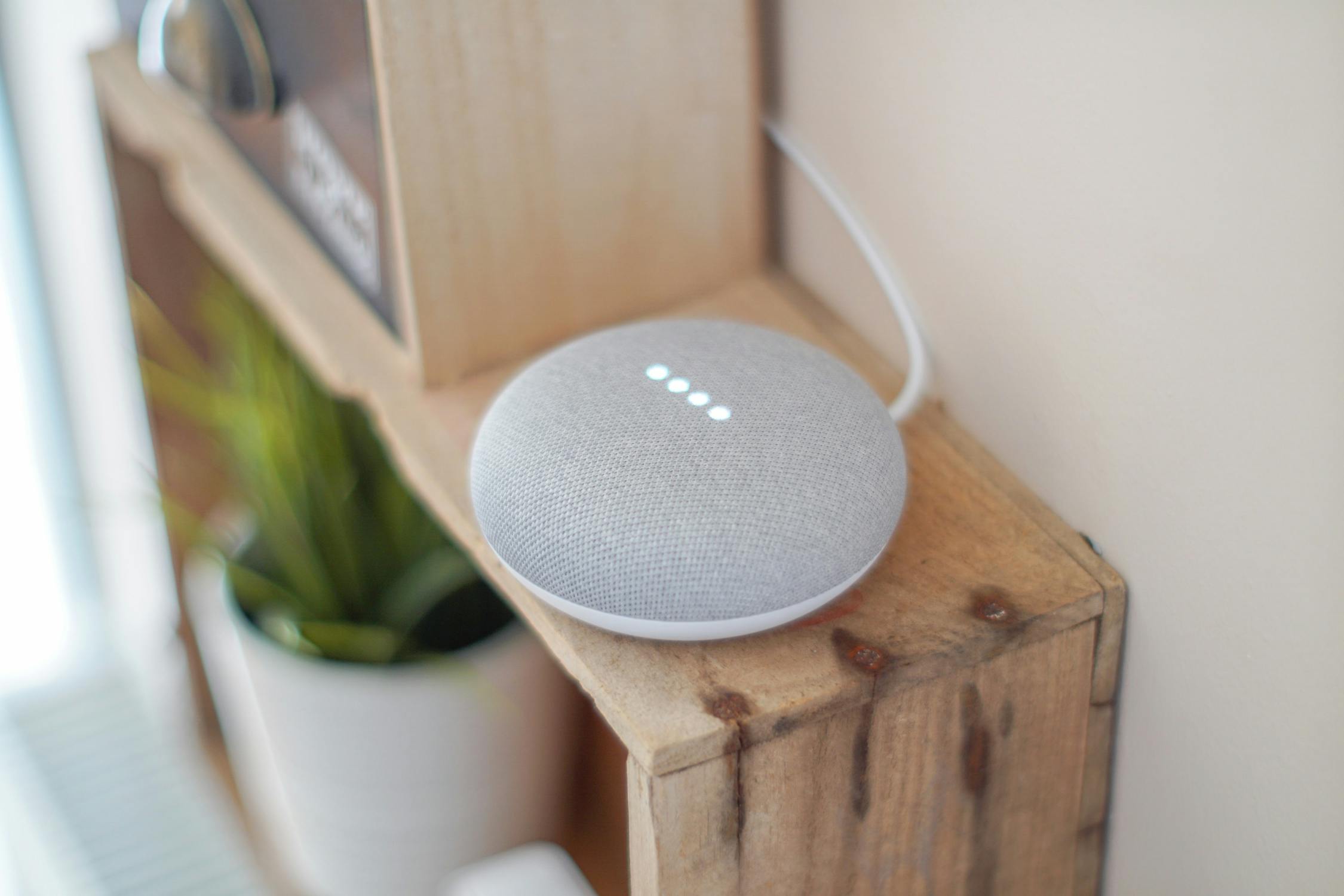AI-Powered Automation Technologies: Smart Solutions for Industry
AI-powered automation technologies are transforming industries in ways that would have seemed like science fiction a couple of decades ago. Whether it's managing workflows in manufacturing, optimizing supply chains, or even personalizing customer service, AI has become the behind-the-scenes wizard driving efficiency and innovation. Let’s break this down and explore how these systems are making businesses smarter, faster, and more adaptive to changing demands.

What Exactly Is AI-Powered Automation?
At its simplest, automation refers to using technology to perform tasks with minimal human intervention. Add artificial intelligence to the mix, and suddenly these systems aren’t just performing tasks, they’re learning, adapting, and improving over time. Think of it as the difference between an assembly line robot that repetitively screws on bottle caps and one that can adjust its grip if a cap is slightly misaligned.
A great example is customer support chatbots. Early versions were scripted and could only respond to specific inputs. Modern AI-powered bots, such as those deployed by companies like Salesforce, analyze conversations in real-time, understand context, and provide tailored responses. This results in faster resolutions and a better customer experience.
Applications Across Industries
AI-powered automation isn’t confined to one sector, it’s finding applications across a wide range of industries. Let’s take a closer look at some practical examples:
- Manufacturing: Companies such as Siemens are integrating AI into factory operations through predictive maintenance. Sensors collect data from machinery, which AI analyzes to predict when a part might fail. This reduces downtime and saves significant costs.
- Healthcare: AI-driven automation helps with medical imaging analysis, drug discovery, and administrative tasks like patient scheduling. Google's DeepMind has developed algorithms capable of identifying eye diseases from retinal scans with accuracy comparable to human specialists.
- Retail: Supply chain optimization is critical in retail, especially with global delivery demands. Walmart uses AI to manage inventory by predicting purchasing trends based on historical data and external factors like weather or local events.
- Finance: Fraud detection systems powered by machine learning identify unusual transactions within seconds. Companies such as PayPal rely on these systems to protect customers without slowing down their services.
The Role of Data
If automation is the engine, then data is the fuel driving it forward. These systems rely heavily on large volumes of information to function effectively. Amazon’s recommendation system uses billions of data points (your browsing history, purchase patterns, even what other users with similar interests have bought) to suggest products you might want to buy next.
This reliance on data does come with challenges. Privacy concerns are at the forefront, especially when dealing with sensitive information like medical records or financial transactions. Regulations such as GDPR in Europe aim to ensure that companies use data responsibly while giving individuals greater control over their personal information.
Challenges Businesses Face
Implementing AI-powered automation isn’t as simple as flipping a switch. Businesses often grapple with issues like cost, integration complexities, and workforce dynamics. For smaller companies, the initial investment can feel daunting, even though the long-term savings and benefits usually outweigh these costs.
Integration is another hurdle; older systems don’t always play well with modern technology. This is where partnerships with experienced vendors can make all the difference. A company like IBM, Specializes in helping businesses integrate AI into existing infrastructure without causing major disruptions.
The impact on jobs also raises important questions. While these technologies automate repetitive tasks, they create new opportunities for roles focused on creativity, problem-solving, and oversight of automated systems. The shift requires retraining workers, something that forward-thinking organizations are prioritizing through partnerships with educational institutions or internal training programs.
The Bigger Picture: Why It Matters
AI-powered automation isn’t just about saving time or cutting costs, it’s about enabling businesses to do things they couldn’t before. Consider autonomous drones delivering packages to remote areas where traditional logistics struggle or financial institutions using AI models to extend credit access to underserved communities.
This technology has also proven its resilience during unpredictable events. During the COVID-19 pandemic, automated supply chain systems helped companies adapt quickly to disruptions in demand and logistics networks.
Whether it’s improving efficiency or unlocking entirely new capabilities, AI-powered automation is reshaping how industries operate and creating opportunities for those ready to adapt.
